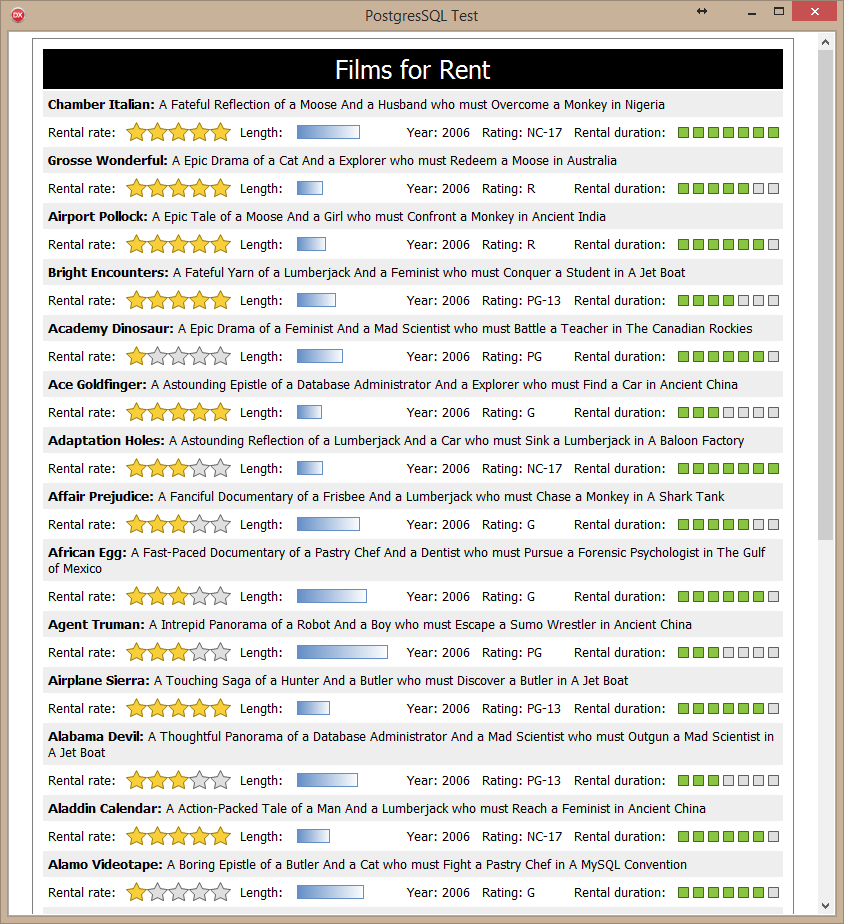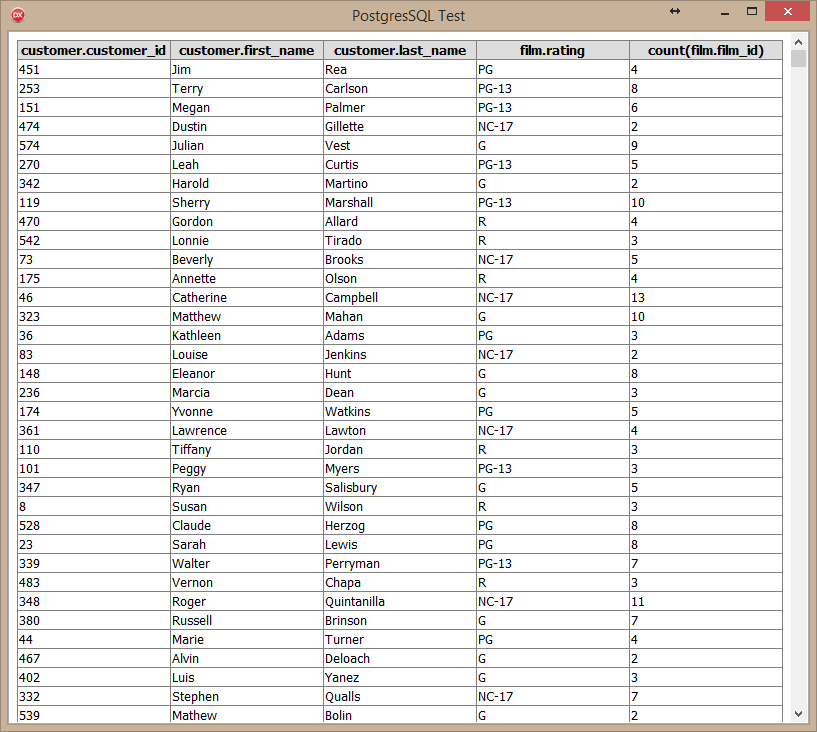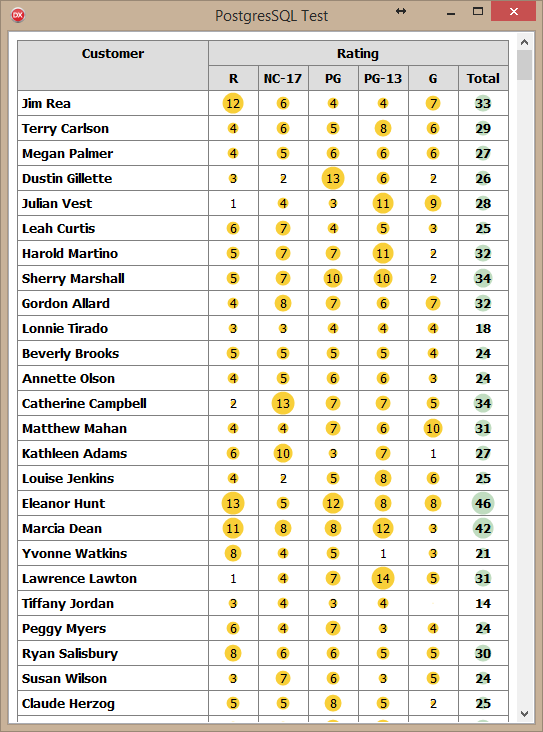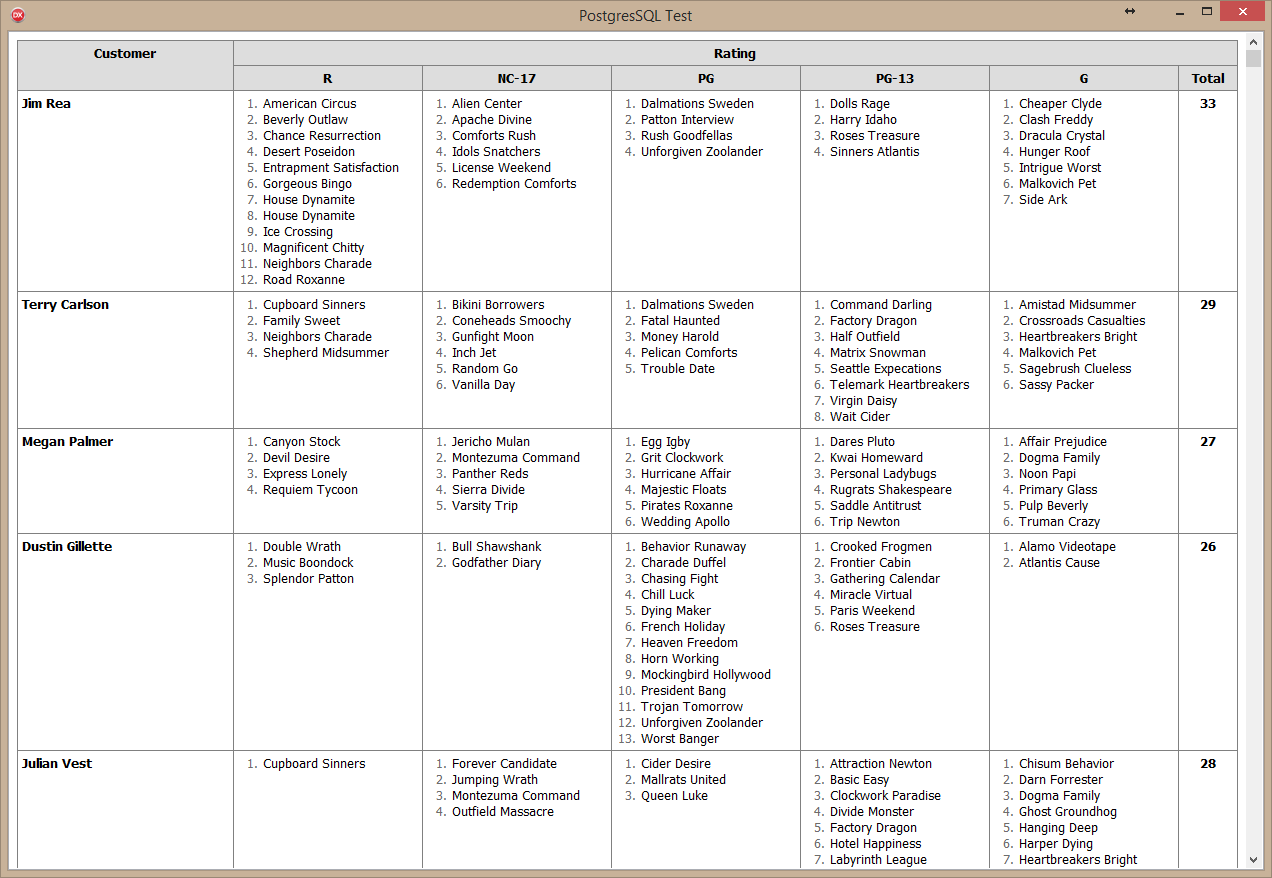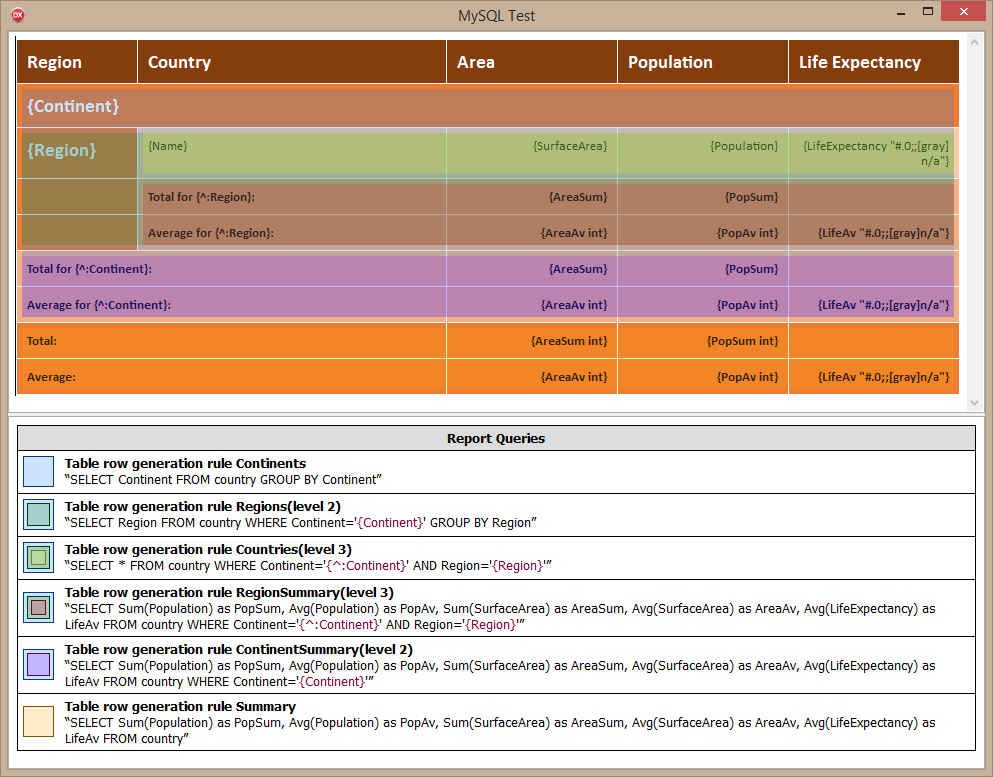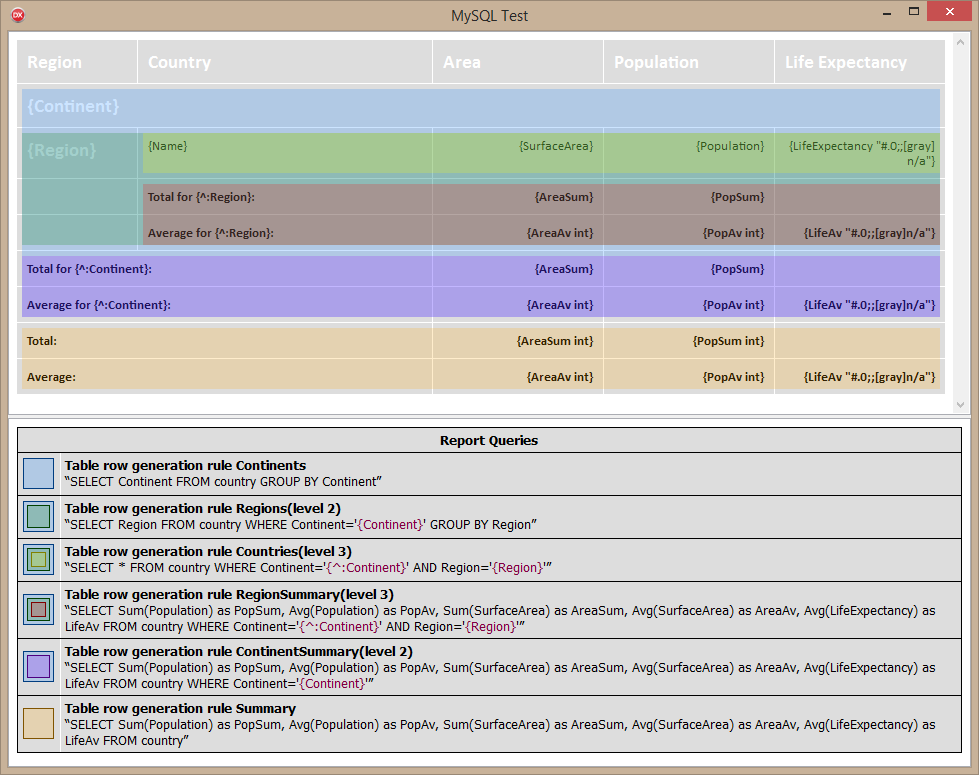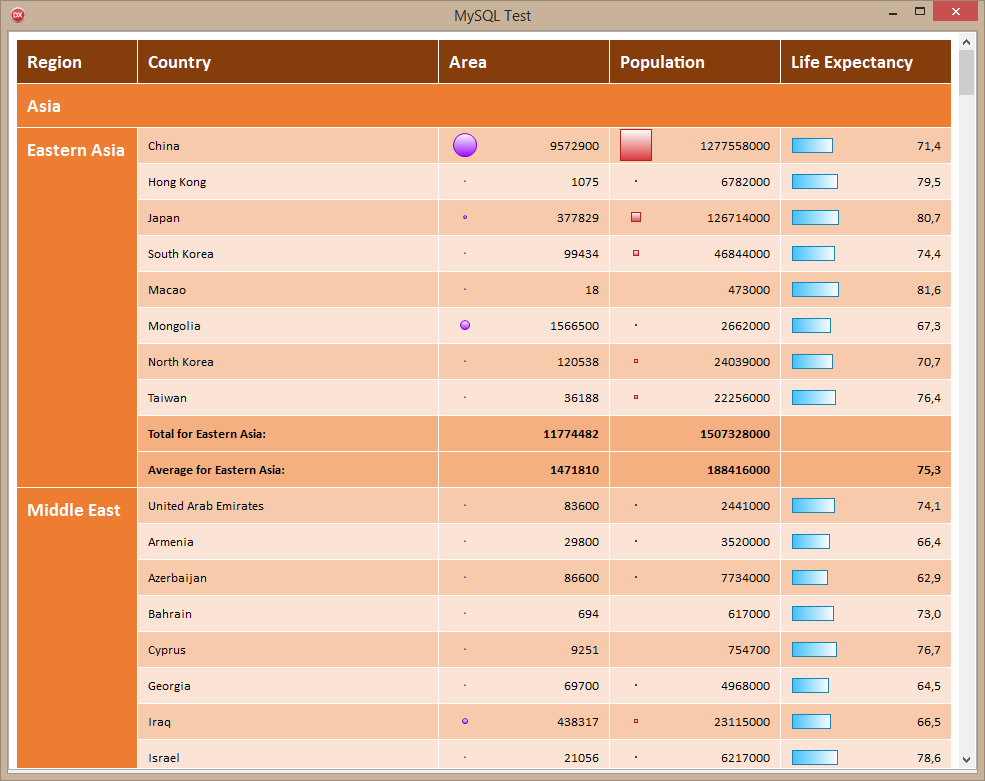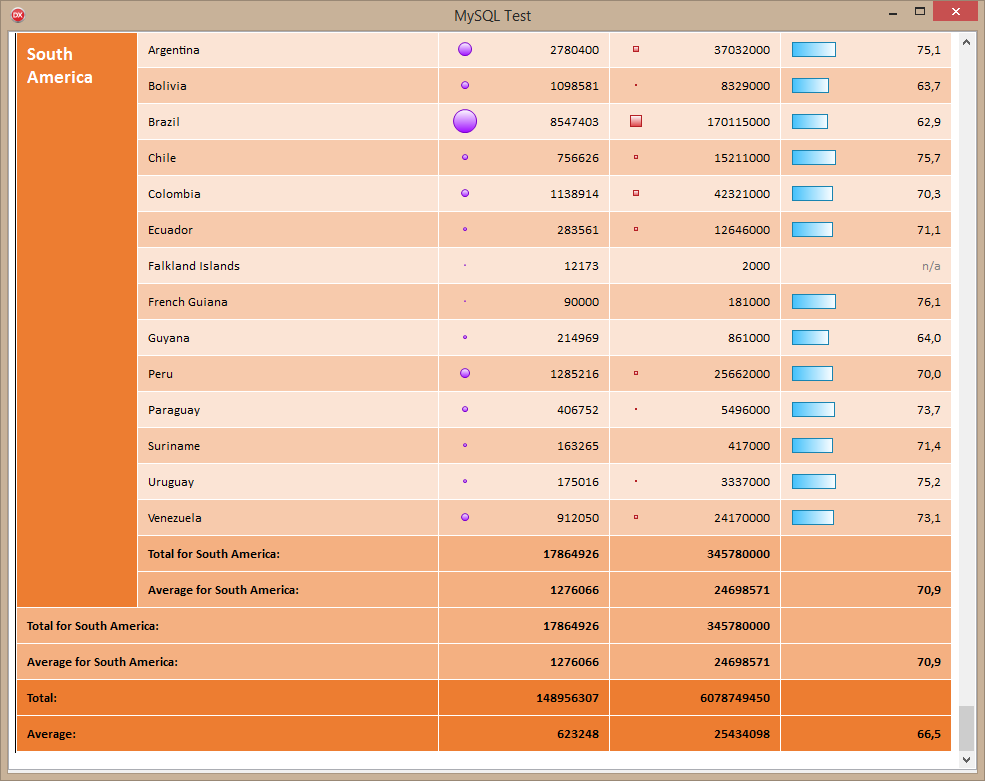Posted: Thu Mar 24, 2016 9:06 am
While discussing data providers for our components, we realized that not all developers like a query-oriented design (where a dataset-level is hidden as much as possible).
Some people prefer linking a report generator with existing TDataSet components (that may already have master-detail relationships).
We decided to add this possibility to our universal DB data provider.
Now it has a collection property DataSets, containing pairs {DataSet, Name}.
When a report contains a data query equal to Name, the corresponding DataSet is used.
In this way, you can use Report Workshop without using SQL and other query languages.
Some people prefer linking a report generator with existing TDataSet components (that may already have master-detail relationships).
We decided to add this possibility to our universal DB data provider.
Now it has a collection property DataSets, containing pairs {DataSet, Name}.
When a report contains a data query equal to Name, the corresponding DataSet is used.
In this way, you can use Report Workshop without using SQL and other query languages.
